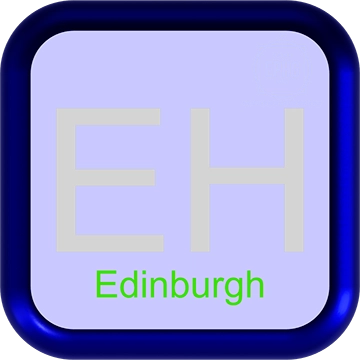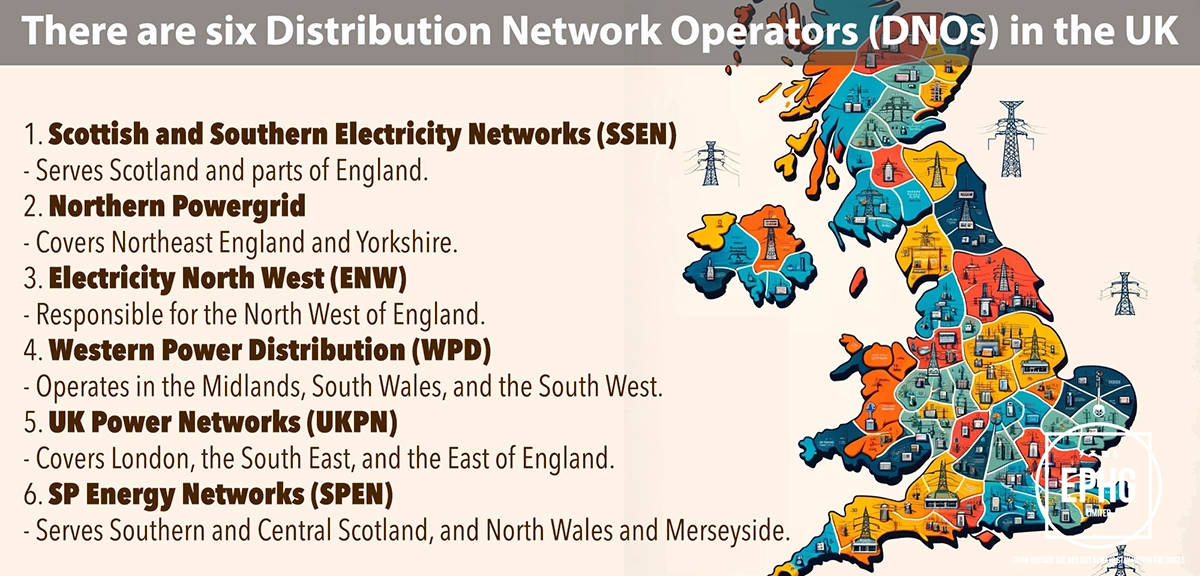
EH Postcodes for Utilities & Services in Edinburgh
Introduction: The EH postcode area, covering Edinburgh and its surrounding locales, presents a unique blend of historical and modern utilities infrastructure. In this section, we explore key insights related to water and electricity provision, among other vital services, for residents and businesses alike.
Water in Edinburgh
Where does the water supply come from in Edinburgh and is there ever a shortage of water?
In Edinburgh, the primary sources of water supply are the River Almond and the Talla and Fruid reservoirs, situated southwest of the city. These sources are known for their clean and high-quality water. The reservoirs, coupled with modern treatment facilities, ensure that the water meets all safety and health standards before it's distributed across the city. Edinburgh generally enjoys a stable water supply, but like any other city, it faces challenges related to climate change and increased demand from a growing population. The local authorities, such as Scottish Water, continuously monitor reservoir levels and water quality, implementing water conservation measures when necessary. Edinburgh’s water infrastructure is robust, designed to manage supply fluctuations effectively, yet residents are also encouraged to use water responsibly to sustain this precious resource.
What is the hardness & quality of the water in Edinburgh and can this affect your health?
Edinburgh's water is characterized as moderately soft, benefiting from its collection from upland reservoirs and river sources, which pass through less mineral-rich geology than water sources found in limestone regions. This results in lower concentrations of calcium and magnesium, hence the softness that minimizes scale buildup in pipes and appliances, and makes for more effective soap and detergent use. The water quality in Edinburgh consistently meets strict safety and health standards, with regular testing conducted for various contaminants. While soft water is usually better for skin conditions and does not pose health risks, Edinburgh's water does contain essential minerals, albeit in lower quantities than hard water. Health impacts from water hardness are minimal, with the main difference noticed in taste and the performance of cleaning products. Edinburgh continues to ensure that its water quality remains high, safeguarding both public health and comfort.
Electricity in Edinburgh
Where does the electric supply come from in Edinburgh and what is the future of energy there?
Edinburgh's electricity supply comes from a diverse mix of sources, increasingly leaning towards sustainability and renewable energy. Historically dependent on fossil fuels, the city is now embracing renewable sources, with significant contributions from wind farms around Scotland and other renewable projects. The proximity to offshore wind farms in the North Sea and potential for tidal energy harnessing in surrounding areas support Edinburgh's transition to greener energy sources. Additionally, there are solar energy initiatives within the city and surrounding areas as part of Scotland’s ambition to combat climate change and promote renewable energy usage.
The future of energy in Edinburgh is firmly rooted in sustainability, aiming for a significant reduction in carbon emissions. The city is part of Scotland's broader goal to become a net-zero emissions society. This involves increasing investments in renewable energy sources, improving energy efficiency in homes and businesses, and exploring innovative technologies such as energy storage and smart grids. Edinburgh is also examining the feasibility of district heating systems and further integration of renewable energy into the public infrastructure, setting a path towards a more sustainable, secure, and resilient energy future.
When is hydrogen coming to gas boilers in Edinburgh?
The introduction of hydrogen to gas boilers in Edinburgh is a concept aligned with Scotland's ambitious energy transition plans. While specific timelines can be fluid due to technological, regulatory, and economic factors, Scotland is actively participating in UK-wide research and pilot projects to assess the viability and scalability of hydrogen in heating systems. Edinburgh, with its commitment to becoming a more sustainable city, is expected to be at the forefront of adopting such innovative energy solutions. Homeowners and businesses might see gradual implementations and pilot programs in the coming years as the city aligns its infrastructure with hydrogen technology. Residents are encouraged to stay updated with local and national energy plans and to consider energy efficiency improvements as part of the broader move towards sustainable living.
Where Does the Wastewater Go in Edinburgh
In Edinburgh, wastewater management is a critical component of the city's environmental strategy, ensuring public health and ecological balance. Wastewater from homes, businesses, and industries is collected and transported to modern treatment facilities such as the Seafield Wastewater Treatment Works. Here, innovative processes remove impurities and pollutants, treating the water to high standards before it is released back into the Firth of Forth. The commitment to advanced wastewater treatment reflects Edinburgh’s dedication to protecting local waterways, marine life, and the overall environment. Ongoing investments in infrastructure and technology demonstrate the city's continuous effort towards sustainable and efficient wastewater management.
Regions and Services:
The EH postcode area offers a rich tapestry of landscapes, from the historic and bustling streets of Edinburgh city to the serene and scenic areas of the Lothians. Key regions include:
- Edinburgh City: A hub of innovation and development in utilities, showcasing advanced electrical, gas, and renewable energy infrastructures.
- Musselburgh, Haddington, and North Berwick: Towns blending historical charm with modern amenities, reflecting a commitment to sustainable energy and efficient services.
- Livingston, Bathgate, and Linlithgow: Rapidly growing areas where the expansion of green energy initiatives complements traditional utility services, enhancing their economic and environmental sustainability.

Regions within the EH Postcode
Edinburgh City
- EH1: Central Edinburgh, Old Town
- EH2: New Town, Princes Street
- EH3: West End, Tollcross, Fountainbridge
- EH4: Dean Village, Comely Bank, Barnton
- EH5: Granton, Firth of Forth coastline
- EH6: Leith, Newhaven
- EH7: Restalrig, Lochend, Craigentinny
- EH8: Southside, Holyrood, Mountcastle
- EH9: Marchmont, Grange, Blackford
- EH10: Morningside, Bruntsfield
- EH11: Haymarket, Gorgie, Stenhouse
- EH12: Corstorphine, Murrayfield, Gyle
- EH13: Colinton, Oxgangs
- EH14: Longstone, Wester Hailes, Juniper Green
- EH15: Portobello, Duddingston
- EH16: Liberton, Cameron Toll, Craigmillar
Surrounding Areas and Villages
- EH17: Gilmerton, Moredun, Mortonhall
- EH18: Lasswade, Polton
- EH19: Bonnyrigg
- EH20: Loanhead
- EH21: Musselburgh, Wallyford, Whitecraig
- EH22: Dalkeith, Newtongrange
- EH23: Gorebridge
- EH24: Rosewell
- EH25: Roslin, Bilston
- EH26: Penicuik
- EH27: Kirknewton
- EH28: Newbridge, Ratho
- EH29: Kirkliston
- EH30: South Queensferry, Dalmeny
- EH31: Gullane
- EH32: Cockenzie, Port Seton
- EH33: Tranent
- EH34: Pencaitland
- EH35: Ormiston
- EH36: Humbie
- EH37: Pathhead
- EH38: Heriot
- EH39: North Berwick
- EH40: East Linton
- EH41: Haddington
- EH42: Dunbar
- EH43: Walkerburn
- EH44: Innerleithen
- EH45: Peebles
- EH46: West Linton
- EH47: Whitburn, Blackburn
- EH48: Bathgate
- EH49: Linlithgow
- EH52: Broxburn, Uphall
- EH53: Livingston
- EH54: Livingston
- EH55: West Calder




